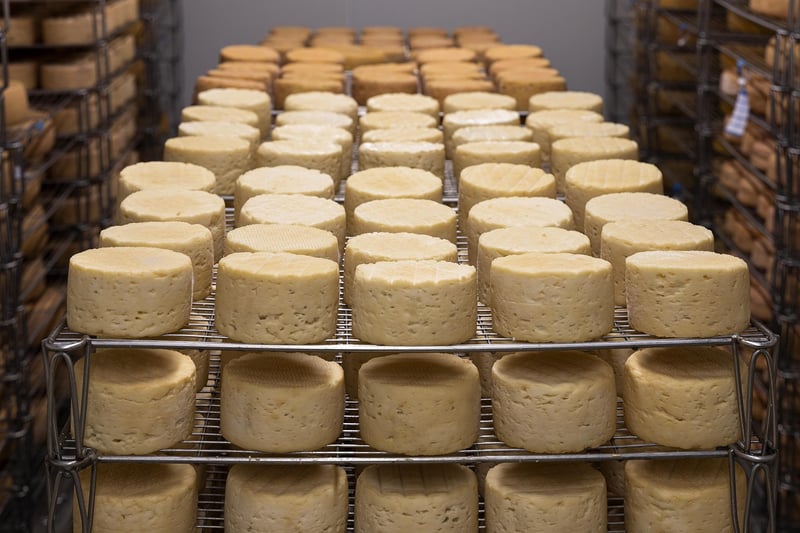Culinary Traditions
Exploring Diverse Food Customs and Culinary Traditions
In every corner of the world, food serves as a gateway to understanding culture and tradition. From the spices of India to the pasta of Italy, each country has its own unique culinary customs that reflect its history and values. Let's embark on a journey to explore the diverse food customs and culinary traditions that make our world so flavorful and rich.
1. Indian Cuisine

Indian cuisine is known for its vibrant flavors and extensive use of spices like cumin, turmeric, and cardamom. Each region in India has its own specialties, from the dosas of the south to the biryanis of the north. Vegetarianism is also prevalent in India, with many delicious dishes centered around lentils, vegetables, and dairy products.
2. Japanese Cuisine

Japanese cuisine places a strong emphasis on fresh, seasonal ingredients and meticulous preparation. Sushi, sashimi, and ramen are just a few examples of iconic Japanese dishes that have gained popularity worldwide. The art of presentation, known as "washoku," is also integral to Japanese culinary tradition.
3. Italian Cuisine

Italian cuisine is beloved for its simplicity and use of high-quality ingredients. Pasta, pizza, and gelato are staples of Italian food culture. Each region in Italy has its own pasta shapes and sauces, reflecting the diversity of the country's culinary traditions.
4. Mexican Cuisine

Mexican cuisine is a vibrant fusion of indigenous Mesoamerican and Spanish influences. Tacos, tamales, and mole sauce are just a few examples of iconic Mexican dishes. The use of corn, beans, and chili peppers is prevalent in Mexican cooking, creating bold and complex flavors.
5. Moroccan Cuisine

Moroccan cuisine is characterized by its use of aromatic spices like cumin, cinnamon, and saffron. Tagines, couscous, and pastilla are popular dishes that showcase the rich flavors of Moroccan cooking. Hospitality is an essential part of Moroccan food customs, with meals often being shared with family and friends.
Each of these culinary traditions offers a unique glimpse into the history, values, and customs of the people who create and enjoy these dishes. By exploring diverse food customs from around the world, we not only satisfy our taste buds but also broaden our understanding of different cultures and traditions.
